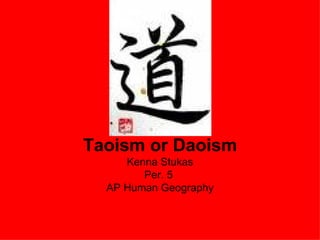Dublin
- 1. Case Study: Urban Cities Dublin Kenna Stukas Period 5 AP Human Geography
- 2. History First inhabited by Norman Vikings in 988 A.D. In 1649 taken over by Oliver Cromwell, at this point the town was in shambles but by the end of the 17 th century it had expanded greatly to become the second largest city of the British Empire Expansion caused by the great number of Protestant refugees from all over Europe Dublin was the center of much fighting during the Irish rebellion in 1916 and the revolution from 1919 to 1921 Once they gained independence Dublin became a political, cultural and economic center for all of Ireland
- 3. Culture Many immigrants which infuse Dublinâs culture with their own Most from United Kingdom and Scandinavian countries Famous for having many festivals - Dublin Dance Festival (approximately one week, Late April/ Early May), St. Patrickâs Day Festival, art festivals, film festivals, etc.
- 4. Characteristics Several no building zones in the city to preserve the parks, buildings cannot be more than a few stories tall as to not create a tall/obstructing sky line, most buildings are old and not over a couple of stories tall CBD: Located near the docklands, around Point Street Location of many transportation methods
- 5. Ėý
- 6. Zoning Since it is a relatively old city, residential and industrial areas are mixed with each other Recent construction has shown that the city government does not want more residential to be put into the city More people have been forced to move to suburbs due to lack of residential availability
- 7. Location Absolute Location Latitude: 53 ° 20â N Longitude: 6 ° 15â W Relative Location: Located on the eastern coast of Ireland, directly west of the UK, located on Dublin Bay
- 8. Ėý
- 9. Demographics Population: In the city: 506,211 In surrounding metropolitan area: Approximately 1,190,000 53% are under the age of 25 Over 70% of the population belong to the Catholic Church 60% of Ireland's Asian population lives in Dublin
- 11. Infrastructure Traditionally brewing was the most important part of the city's industry Now has shifted to banking, finance and commerce Break down of workers in the greater Dublin Area 600,000 working in service sector 200,000 in industrial sector
- 12. Infrastructure Cont. Transportation Main hub of all road systems in all of Ireland, busiest highway passes through the city Nearly 200 Bus routes 5 commuter train lines to serve commuters Working on a subway, underground system called âDublin Metroâ
- 13. City Classification City Type: Gateway City is located in a Core country Classified as an âemerging cityâ Not considered Beta, Gamma, etc.












